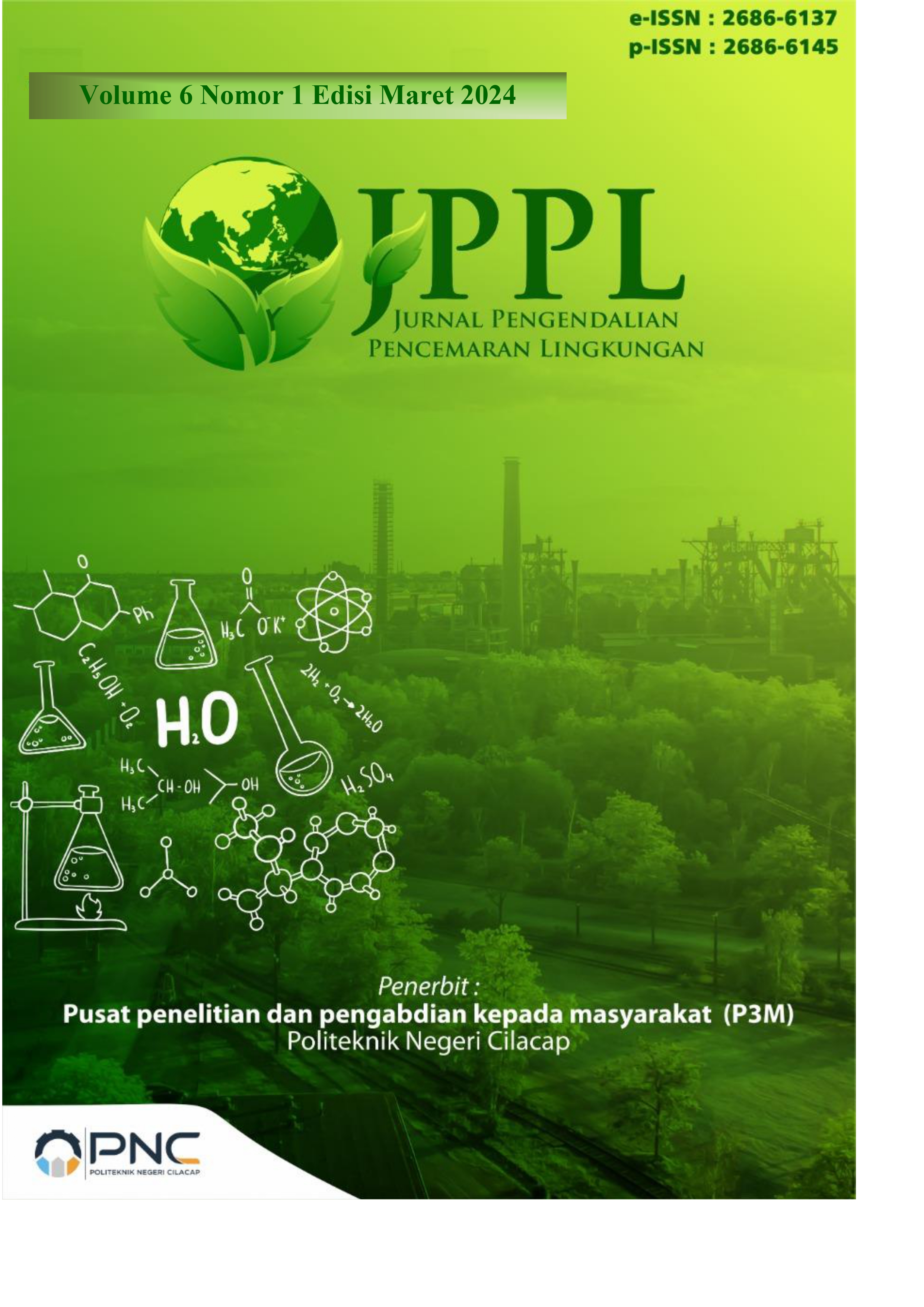Potensi Pemanfaatan Enzim Biokatalitik dari Kulit Buah dan Sayur untuk Pengolahan Limbah Cair Rumah Sakit
 Abstract views: 196
,
Abstract views: 196
,
 pdf downloads: 284
pdf downloads: 284
Abstract
Health services in hospitals produce hazardous and infectious waste that comes from sharing sources of activity. The research carried out experimentally in laboratory aims to determine the effect of biocatalytic enzyme treatment from fruit and vegetable peel (concentration variations of 5%, 10%, 15%) on pH, chemical oxygen demand (COD) levels, total suspended solids (TSS), and total coliforms of hospital liquid waste. From the research results, it was found that the addition of biocatalytic enzymes was very effective in reducing the total coliform concentration. The highest reduction in coliforms occurred with the addition of 15% enzyme, where there was a decrease from 1600 MPN/100 mL to 500 MPN/100 mL at a digestion time of less than 24 hours. After a digestion time of 2 days, no coliforms were found in the wastewater samples. However, there was a decrease in pH and an increase in TSS and COD concentrations which did not meet quality standards after being treated with enzymes at all concentration variations. The profile of changes in TSS and COD concentrations shows a decreasing trend with an increase in digestion time of 1 to 3 days, the values obtained will still exceed the TSS and COD quality standards (30 mg/L and 100 mg/L). Meanwhile, the waste pH gradually increased with increasing digestion time up to 3 days at enzyme concentrations of 5% and 10%, namely 3.5 and 4.8. However, this value is still outside the permitted quality standard interval, namely 6-9.
Copyright (c) 2024 Febrina Sarlinda, Ahmad Fikri, Sarip Usman, Daria Ginting

This work is licensed under a Creative Commons Attribution 4.0 International License.

















